Growing Fennel at Home can seem intimidating, right? I get it! You might think it’s only for seasoned gardeners with acres of land. But what if I told you that you could cultivate this aromatic herb and delicious vegetable right in your own backyard, or even on your sunny windowsill? This DIY guide will unlock the secrets to successfully growing fennel at home, no matter your experience level.
Fennel has a rich history, dating back to ancient civilizations where it was prized for its medicinal properties and culinary uses. The Romans believed it bestowed strength and longevity, while in the Middle Ages, it was hung over doorways to ward off evil spirits. Today, fennel continues to be a staple in cuisines around the world, adding a unique anise-like flavor to everything from salads to stews.
But why bother growing your own? Well, store-bought fennel often lacks the vibrant flavor and freshness of homegrown varieties. Plus, growing fennel at home allows you to control the growing conditions, ensuring you have access to organic, pesticide-free produce. Imagine stepping outside your door to harvest fresh fennel bulbs and feathery fronds whenever you need them! This DIY guide will provide you with simple, step-by-step instructions and insider tips to make your fennel-growing journey a success. Let’s get started!
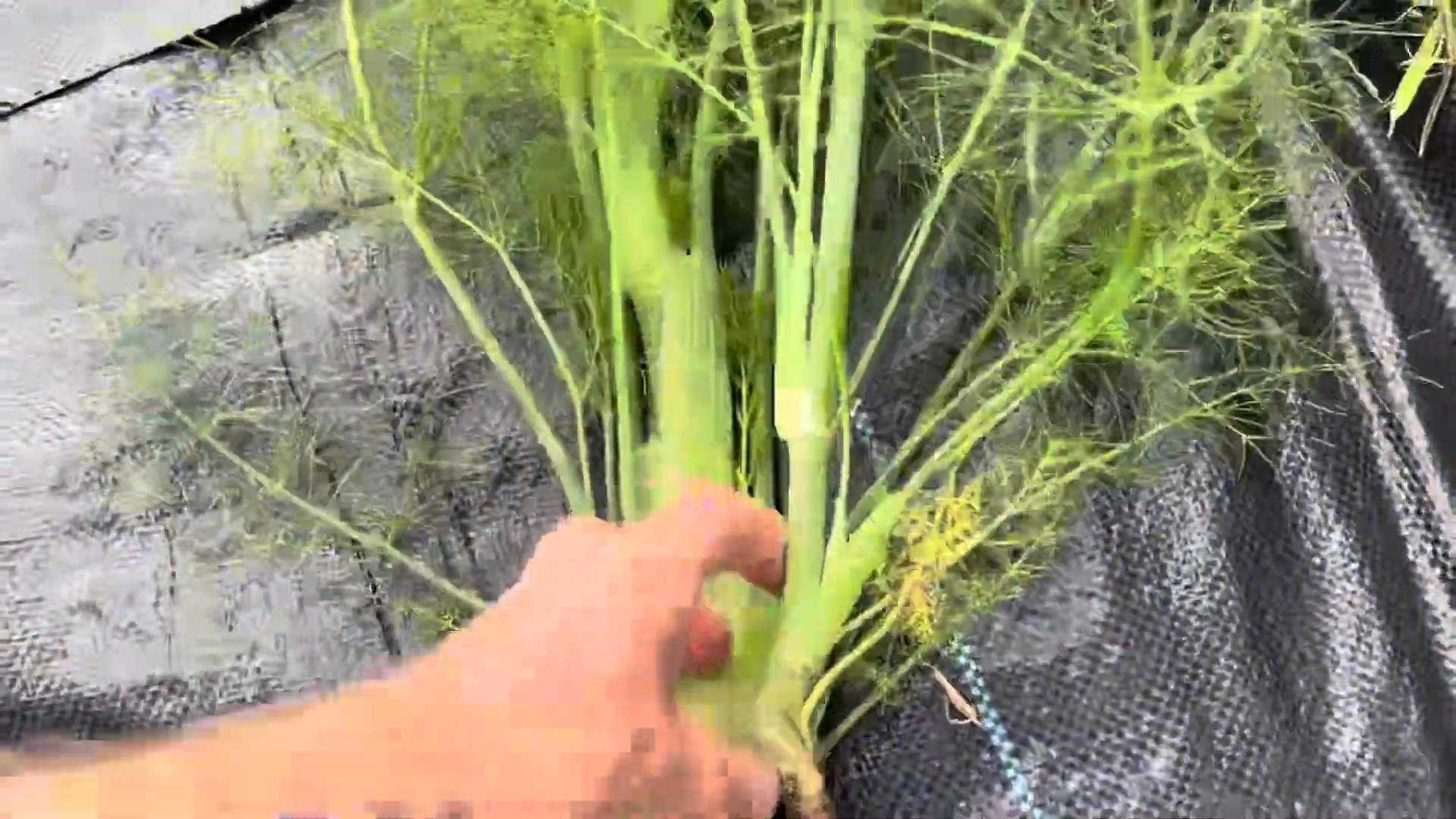
Growing Fennel at Home: A Beginner’s Guide
Hey there, fellow garden enthusiasts! I’m so excited to share my experience with growing fennel at home. It’s surprisingly easy, and the rewards are fantastic – fresh, anise-flavored leaves, crunchy bulbs, and even flavorful seeds! Whether you’re a seasoned gardener or just starting out, this guide will walk you through everything you need to know to successfully grow fennel in your own backyard or even in containers.
Choosing Your Fennel Variety
Before we dive into the nitty-gritty, let’s talk about the different types of fennel. There are two main types:
* Bulbing Fennel (Florence Fennel): This is the kind you’ll find in most grocery stores. It’s grown for its swollen bulb at the base, which has a mild anise flavor. Popular varieties include ‘Florence’, ‘Romanesco’, and ‘Zefa Fino’.
* Herb Fennel (Common Fennel): This type is grown primarily for its leaves and seeds. It doesn’t produce a bulb, but its feathery foliage is incredibly flavorful and aromatic. ‘Bronze Fennel’ is a beautiful variety with dark, bronze-colored leaves.
For this guide, I’ll focus mainly on growing bulbing fennel, but the general principles apply to both types.
Getting Started: Seeds vs. Transplants
You have two options when starting fennel: sowing seeds directly in the garden or starting with transplants.
* Seeds: This is the most economical option. Fennel seeds germinate easily, and you’ll have more control over the plant’s development.
* Transplants: Buying transplants from a nursery is a quicker way to get started, but it can be a bit more expensive. Make sure to choose healthy-looking plants with strong stems and no signs of pests or diseases.
I personally prefer starting from seeds because I enjoy watching them sprout and grow. Plus, it’s a great way to save money!
Preparing the Soil
Fennel thrives in well-drained, fertile soil with a pH between 6.0 and 7.0. Here’s how to prepare your soil:
1. Choose a Sunny Location: Fennel needs at least 6-8 hours of sunlight per day.
2. Amend the Soil: Dig in plenty of compost or well-rotted manure to improve drainage and fertility. This is crucial, especially if you have heavy clay soil. I usually add a generous amount – about 2-3 inches – and mix it in thoroughly.
3. Loosen the Soil: Use a garden fork or tiller to loosen the soil to a depth of at least 12 inches. This will allow the roots to penetrate easily.
4. Remove Rocks and Debris: Clear the area of any rocks, weeds, or other debris that could hinder growth.
5. Level the Surface: Rake the soil to create a smooth, even surface.
Planting Fennel Seeds
If you’re starting from seeds, here’s how to plant them:
1. Sow Seeds Directly: Sow seeds directly into the prepared soil in spring or early summer, after the last frost. You can also start them indoors 4-6 weeks before the last frost.
2. Spacing: Plant seeds about ¼ inch deep and 2-3 inches apart.
3. Rows: If planting in rows, space the rows 12-18 inches apart.
4. Water Gently: Water the soil gently after planting to avoid disturbing the seeds.
5. Thin Seedlings: Once the seedlings emerge (usually in 7-14 days), thin them to 8-12 inches apart for bulbing fennel and 12-18 inches apart for herb fennel. This gives them enough room to grow and develop properly.
Planting Fennel Transplants
If you’re using transplants, follow these steps:
1. Dig Holes: Dig holes that are slightly larger than the root ball of the transplants.
2. Spacing: Space the holes 8-12 inches apart for bulbing fennel and 12-18 inches apart for herb fennel.
3. Remove Transplants: Gently remove the transplants from their containers, being careful not to damage the roots.
4. Place Transplants: Place the transplants in the holes, ensuring that the top of the root ball is level with the surrounding soil.
5. Fill Holes: Fill the holes with soil and gently firm around the base of the plants.
6. Water Thoroughly: Water the transplants thoroughly after planting.
Caring for Your Fennel Plants
Once your fennel plants are established, here’s how to care for them:
1. Watering: Water regularly, especially during dry periods. Fennel needs consistent moisture to thrive. Aim for about 1 inch of water per week. I usually check the soil moisture by sticking my finger about an inch deep. If it feels dry, it’s time to water.
2. Weeding: Keep the area around your fennel plants free of weeds. Weeds compete for nutrients and water, which can stunt the growth of your fennel. I like to hand-pull weeds regularly or use a hoe to cultivate the soil.
3. Fertilizing: Fertilize your fennel plants every 4-6 weeks with a balanced fertilizer. Follow the instructions on the fertilizer package. I often use a liquid seaweed fertilizer, which is a great organic option.
4. Mulching: Apply a layer of mulch around your fennel plants to help retain moisture, suppress weeds, and regulate soil temperature. I use straw or wood chips for mulching.
5. Earthing Up (for Bulbing Fennel): As the bulbs begin to swell, you can “earth up” around them by mounding soil around the base of the plant. This helps to blanch the bulbs, making them sweeter and more tender. I usually do this a couple of times during the growing season.
Dealing with Pests and Diseases
Fennel is generally a pretty hardy plant, but it can be susceptible to a few pests and diseases:
* Aphids: These tiny insects can suck the sap from your fennel plants, causing them to weaken and become distorted. You can control aphids by spraying them with a strong stream of water or by using insecticidal soap.
* Fennel Bulb Fly: This pest lays its eggs on the bulbs, and the larvae burrow into the flesh, causing damage. You can prevent fennel bulb fly by covering your plants with row covers.
* Powdery Mildew: This fungal disease can cause a white, powdery coating on the leaves of your fennel plants. You can prevent powdery mildew by ensuring good air circulation and by avoiding overhead watering. If you see signs of powdery mildew, you can treat it with a fungicide.
I always try to use organic methods to control pests and diseases whenever possible. Neem oil is a great option for many common garden pests.
Harvesting Fennel
The time to harvest fennel depends on the type you’re growing:
* Bulbing Fennel: Harvest the bulbs when they reach about 3-4 inches in diameter. This usually takes about 90-115 days from sowing. To harvest, simply cut the bulb at the base of the plant with a sharp knife.
* Herb Fennel: You can harvest the leaves of herb fennel at any time during the growing season. Simply snip off the leaves as needed.
* Fennel Seeds: Harvest the seeds when the flower heads turn brown and dry. Cut the flower heads off the plant and place them in a paper bag to dry completely. Once dry, you can shake the seeds out of the flower heads.
I love using fresh fennel in salads, soups, and stews. The seeds are also great for flavoring sausages and other dishes.
Growing Fennel in Containers
If you don’t have a garden, you can still grow fennel in containers! Here’s what you need to know:
1. Choose a Large Container: Select a container that is at least 12 inches in diameter and 12 inches deep. Fennel needs plenty of room for its roots to grow.
2. Use a Well-Draining Potting Mix: Use a high-quality potting mix that drains well. Avoid using garden soil, as it can become compacted in containers.
3. Planting: Plant fennel seeds or transplants in the container, following the same spacing guidelines as for garden planting.
4. Watering: Water regularly, especially during hot weather. Containers tend to dry out more quickly than garden soil.
5. Fertilizing: Fertilize your fennel plants every 4-6 weeks with a balanced fertilizer.
6. Sunlight: Place the container in a sunny location that receives at least 6-8 hours of sunlight per day.
Growing fennel in containers is a great way to enjoy fresh fennel even if you have limited space.
Enjoying Your Harvest
Now that you’ve successfully grown your
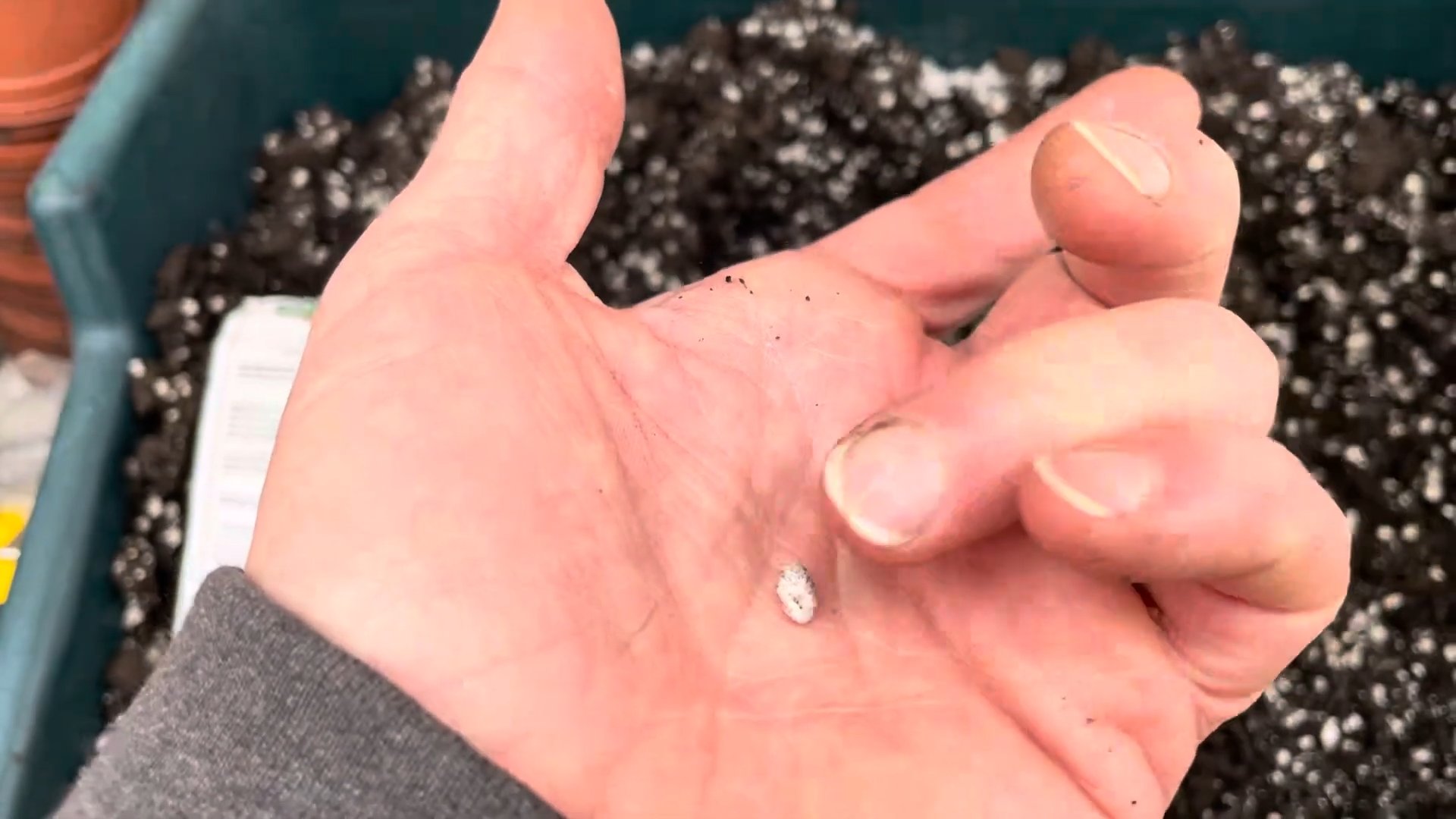
Conclusion
So, there you have it! Growing fennel at home is not only achievable, but it’s also a deeply rewarding experience that brings fresh, aromatic flavors directly to your kitchen. Forget relying solely on grocery store produce; with a little patience and these simple steps, you can cultivate your own supply of this versatile herb and vegetable.
Why is this DIY trick a must-try? Because it offers a level of freshness and control you simply can’t get from store-bought fennel. Imagine the vibrant anise flavor of freshly harvested fennel fronds enhancing your salads, soups, and seafood dishes. Think of the crisp, slightly sweet bulb adding a delightful crunch to your roasted vegetables or gratins. And consider the satisfaction of knowing you nurtured this culinary gem from seed to table.
Beyond the superior flavor and freshness, growing your own fennel is also a sustainable and cost-effective choice. You’ll reduce your reliance on commercially grown produce, minimize your carbon footprint, and save money in the long run. Plus, it’s a fantastic way to connect with nature and learn more about the food you eat.
But the benefits don’t stop there. Growing fennel at home allows you to experiment with different varieties. While common fennel (Foeniculum vulgare) is the most widely available, you might consider trying bronze fennel for its striking foliage and slightly different flavor profile. Or, if you’re primarily interested in the bulb, look for Florence fennel varieties specifically bred for larger, more tender bulbs.
Feeling adventurous? Try companion planting your fennel with other herbs and vegetables. While fennel can sometimes inhibit the growth of certain plants, it’s known to attract beneficial insects like ladybugs and hoverflies, which can help control pests in your garden. Just be mindful of its potential allelopathic effects and choose companion plants carefully.
And don’t forget about the seeds! Once your fennel plants mature, you can harvest the seeds for use in cooking, baking, or even as a natural remedy. Fennel seeds are known for their digestive properties and can be used to make a soothing tea.
We encourage you to embrace the joy of growing fennel at home. It’s a simple yet profound way to enhance your culinary creations, connect with nature, and live a more sustainable lifestyle. Give it a try, and don’t be afraid to experiment and adapt the techniques to suit your specific climate and growing conditions.
Most importantly, we want to hear about your experiences! Share your tips, tricks, and triumphs in the comments below. Let’s build a community of home gardeners who are passionate about growing their own fresh, flavorful fennel. Your insights could inspire others to embark on their own fennel-growing journey. So, get your hands dirty, nurture your plants, and savor the delicious rewards of growing fennel at home!
Frequently Asked Questions (FAQ)
What is the best time of year to plant fennel seeds?
The ideal time to plant fennel seeds depends on your climate. In regions with mild winters, you can sow seeds directly into the ground in early spring or late summer/early fall. In colder climates, it’s best to start seeds indoors 6-8 weeks before the last expected frost and transplant them outdoors once the weather warms up. Aim for soil temperatures around 60-70°F (15-21°C) for optimal germination.
How much sunlight does fennel need?
Fennel thrives in full sun, requiring at least 6-8 hours of direct sunlight per day. Insufficient sunlight can lead to leggy growth and reduced bulb development. Choose a sunny location in your garden or, if growing in containers, place them in a spot that receives ample sunlight throughout the day.
What type of soil is best for growing fennel?
Fennel prefers well-drained, fertile soil with a slightly acidic to neutral pH (6.0-7.0). Amend heavy clay soils with compost or other organic matter to improve drainage and aeration. Sandy soils can be improved by adding compost to help retain moisture and nutrients. A balanced fertilizer can be incorporated into the soil before planting to provide essential nutrients for healthy growth.
How often should I water my fennel plants?
Fennel needs consistent moisture, especially during hot, dry periods. Water deeply whenever the top inch of soil feels dry to the touch. Avoid overwatering, as this can lead to root rot. Mulching around the plants can help retain moisture and suppress weeds. During the bulb development stage, ensure consistent watering to prevent the bulb from splitting.
When is the best time to harvest fennel?
The harvesting time for fennel depends on whether you’re growing it for the bulb, fronds, or seeds. For the bulb, harvest when it reaches the size of a tennis ball or slightly larger, typically 80-100 days after planting. The fronds can be harvested at any time once the plant is established. For seeds, allow the flower heads to dry completely on the plant before harvesting. Cut the heads and place them in a paper bag to dry further, then shake the bag to release the seeds.
Why is my fennel bulb not getting bigger?
Several factors can contribute to a small or underdeveloped fennel bulb. Insufficient sunlight, poor soil, inconsistent watering, and overcrowding can all hinder bulb growth. Ensure your plants receive at least 6-8 hours of direct sunlight per day, are planted in well-drained, fertile soil, and are watered regularly. Thin out seedlings to provide adequate spacing for bulb development. Also, make sure you are growing a Florence fennel variety, as common fennel will not produce a large bulb.
Can I grow fennel in containers?
Yes, fennel can be successfully grown in containers, especially if you have limited garden space. Choose a large container (at least 12 inches in diameter) with drainage holes. Use a high-quality potting mix and provide regular watering and fertilization. Container-grown fennel may require more frequent watering than plants grown in the ground, especially during hot weather.
Is fennel a perennial or an annual?
Fennel is technically a short-lived perennial in warmer climates (zones 7-10), meaning it can live for more than two years. However, it is often grown as an annual in colder regions because it may not survive harsh winters. Even in warmer climates, fennel may become less productive after a few years and is often replanted annually to maintain a consistent harvest.
Does fennel attract any pests or diseases?
Fennel is generally resistant to many pests and diseases, but it can be susceptible to aphids, slugs, and snails. Aphids can be controlled with insecticidal soap or by introducing beneficial insects like ladybugs. Slugs and snails can be managed with traps or by handpicking them off the plants. Root rot can occur in poorly drained soils, so ensure proper drainage and avoid overwatering.
Can I eat the entire fennel plant?
Yes, the entire fennel plant is edible, including the bulb, stalks, fronds, and seeds. The bulb is typically eaten raw or cooked, while the fronds can be used as a herb to flavor various dishes. The stalks can be used in soups or stews, and the seeds can be used as a spice or to make tea. Each part of the plant offers a unique flavor and texture, making it a versatile addition to your culinary repertoire.

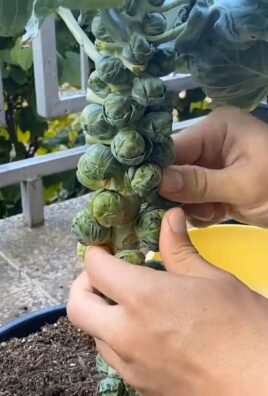
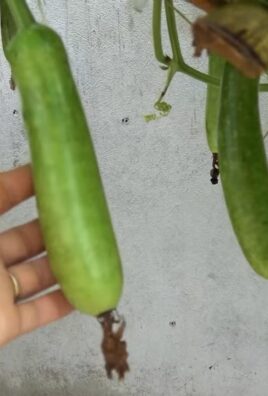
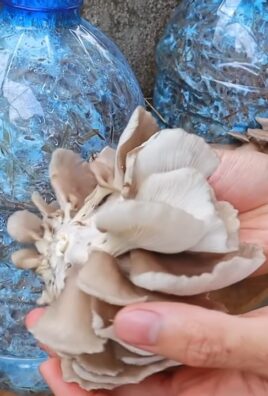
Leave a Comment